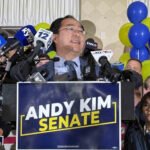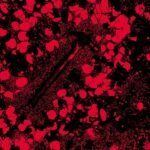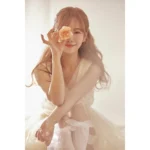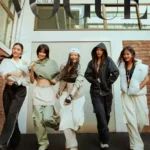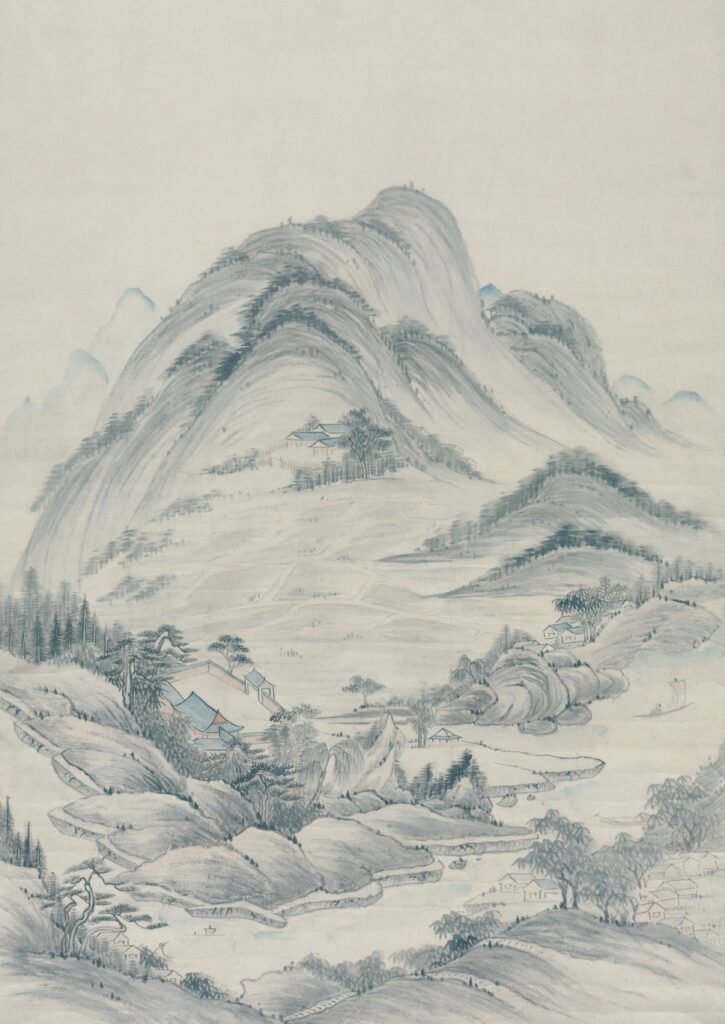I have a few questions regarding making homemade tteokbokki that I need some help with if possible.
I’ve made homemade tteokbokki just the once before (2 weeks ago using glutinous rice flour) and they were very sticky after kneading. I placed them in a pot of boiling water and they floated to the top within like 60/90 seconds. Where they cooked properly?? (I left the ones that floated to the top in the pot for an additional 4 minutes) I read online that they take 5 minutes roughly to float to the top. (Maybe mine were quite small and thinner hence the rise to the top on 60 seconds?)
Also, once I’ve added them to the ice water, I pat them dry and freeze them for later use. To use them do I have to put them in boiling water straight out the freezer & I’m assuming let them float to the top to know that they’ve defrosted thoroughly? Or do I leave them out to defrost for a few hours/hour and then put them in my sauce without putting them in a pot of boiling water first?
Lastly, when storing them in the freezer, it would be best to put them on a tray or something spread out without them touching, then freeze them? This way once they’re frozen I can take them off the tray and put them in a ziplock bag and not have to worry they’ll stick together, right?
Thanks for any help.
submitted by /u/ScarsAreReal
[link] [comments]

